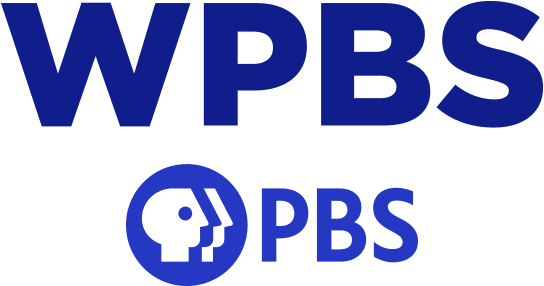College costs are insane these days. It’s getting to the point where unless your last name is Bezos or Zuckerberg, a college education kinda feels like a pipe dream. One answer is FREE COLLEGE paid for by the government, which many liberals and even some conservatives are getting behind. But, “free” college really isn’t free. That money has to come from somewhere. Is free college really as good as it sounds?
TEACHERS: Get your students in the discussion on KQED Learn, a safe place for middle and high school students to investigate controversial topics and share their voices. https://learn.kqed.org/topics/25
ABOVE THE NOISE is a show that cuts through the hype and investigates the research behind controversial and trending topics in the news. Hosted by Myles Bess.
Compared to just 30 years ago, students are now paying 129% more at private colleges and 213% more at public colleges. And the cost increase isn’t stopping anytime soon, due to increased demand, more available financial aid, and a lack of state funding. To pay for it all, most students have to take out loans. It’s become the largest form of personal debt in the country—larger than credit card debt and car loans! States like California, Oregon, and Tennessee are all beginning to experiment with some version of a free college program.
Supporters say that this kind of access to higher education helps the economy, strengthens our democracy and is critical to the health and success of future generations. But opponents of free college worry it will be too expensive to maintain, will increase taxes, and might persuade students who aren’t college ready to enroll but who then don’t make it all the way through to graduation, which would increase the already high college dropout rates.
*NEW VIDEOS EVERY OTHER WEDNESDAY*
SUBSCRIBE by clicking the RED BUTTON above.
Follow us on Instagram @kqedabovethenoise
*How much more expensive is college now compared to 30 years ago?*
The average cost of tuition and fees for the 2017-2018 school year was about $10,000 at public colleges and $35,000 at private colleges. That’s just ONE year of college! It wasn’t always like that. In 1987, in today’s dollars, a year at a public college cost around $3,200. At a private college, it was around $15,000. That means today, only 30 years later, students are paying 129 percent MORE at private colleges and 213 percent more at public colleges.
*How much debt do students end up graduation with, on average?*
Students who borrow end up graduating with an average of $34,000 in student loans. That’s up from $20,000 just 10 years ago. Graduating with all that debt means you’re less likely to buy a house or a car and you’re more likely to live at home with your parents.
SOURCES:
College Tuition Rates Over Time
Do Millennials Have It Better or Worse Than Generations Past?
The State of American Wages
https://www.epi.org/files/pdf/122078.pdf
The Case Against Free College
https://www.forbes.com/sites/richardvedder/2018/04/12/the-free-tuition-craze-now-new-jersey/#395aa6351b2a
A New Look At The Lasting Consequences Of Student Debt
https://www.npr.org/sections/ed/2017/04/04/522456671/a-new-look-at-the-lasting-consequences-of-student-debt
Household Borrowing, Student Debt Trends and Homeownership
https://www.newyorkfed.org/press/pressbriefings/household-borrowing-student-loans-homeownership
FOR EDUCATORS
KQED Learn https://learn.kqed.org
KQED Teach https://teach.kqed.org
KQED Education https://ww2.kqed.org/education
https://www.facebook.com/KQEDEducation
Tweets by KQEDedspace
https://www.instagram.com/kqededucation
About KQED
KQED, an NPR and PBS affiliate in San Francisco, CA, serves Northern California and beyond with a public-supported alternative to commercial TV, Radio, and web media. Funding for Above the Noise is provided in part by the Corporation for Public Broadcasting, Silver Giving Foundation, Stuart Foundation, and William and Flora Hewlett Foundation.

